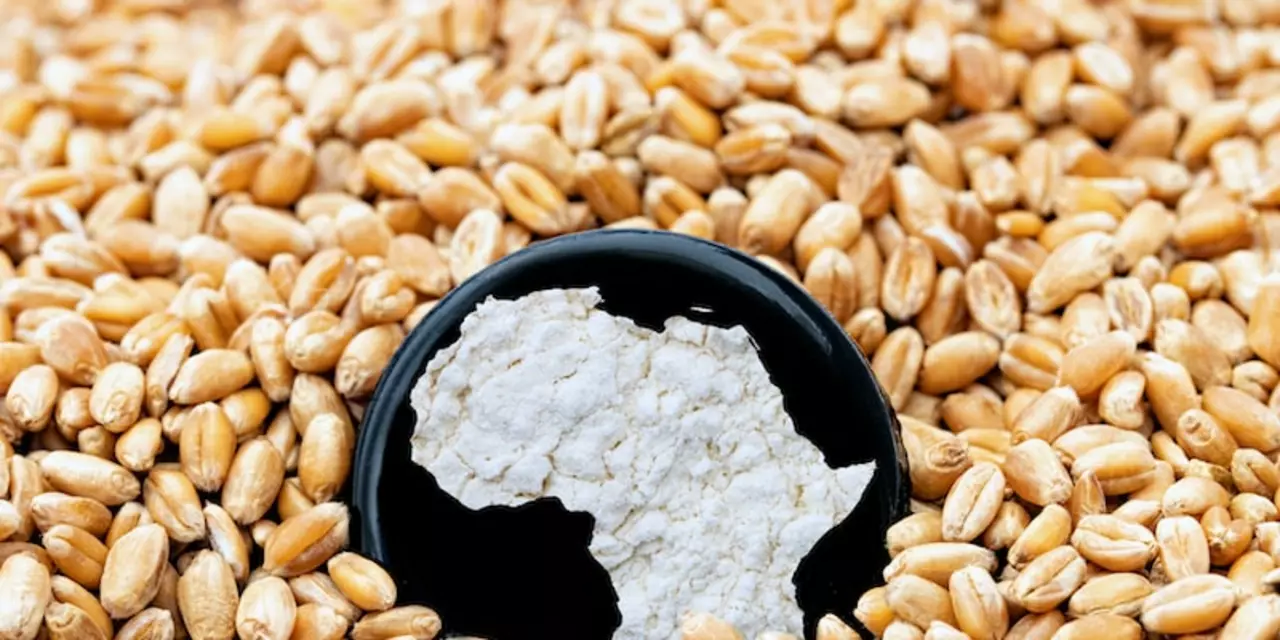Poor Indians: Facts, Challenges, and How You Can Help
India is home to many people who live on very little. Their daily life is a mix of hard work, limited resources, and constant worry about the next meal. Understanding what makes this situation tough is the first step toward making a difference.
Why Poverty Persists in India
One big reason is the gap between rich and poor. While cities grow fast, many villages stay stuck without good schools, hospitals, or clean water. Jobs that pay enough to cover basic needs are rare in those areas, so families often rely on low‑pay labor or seasonal work.
Education also plays a huge role. When kids can’t go to school, they miss the chance to learn skills that lead to better jobs. This creates a cycle where the next generation faces the same struggles.
Another factor is uneven land ownership. A small number of people own large plots, leaving many farmers with tiny pieces that don’t produce enough food or income. Without fair access to land, it’s hard for families to break out of poverty.
What You Can Do Today
Supporting local NGOs that focus on education, health, and skill training can have a direct impact. Even a small donation can help a child stay in school or a family get medical care.
Volunteering your time is another way to help. Teaching basic computer skills, English, or crafts in a village center can open new job possibilities for the residents.
Buying products made by poor Indian artisans supports their livelihoods. Fair‑trade items ensure they earn a decent wage for their work, which can lift whole families out of hardship.
Advocating for better policies also matters. Writing to local representatives, signing petitions, or sharing stories on social media can push the government to invest more in rural infrastructure and education.
Remember, small actions add up. By understanding the challenges poor Indians face and taking practical steps, you become part of the solution. Every effort, no matter how tiny, helps move the needle toward a fairer future for all.

What is the typical food of a poor Indian?
Poor Indians have a diet which is mostly dependent on basic staples like wheat, rice and pulses. These are supplemented by a variety of vegetables and fruits, which are seasonal and locally available. Dairy products and meat are consumed sparingly, and mainly by those who can afford it. Poor Indians usually have simple meals which consist of chapatis, dals and vegetables, or rice and sambar.